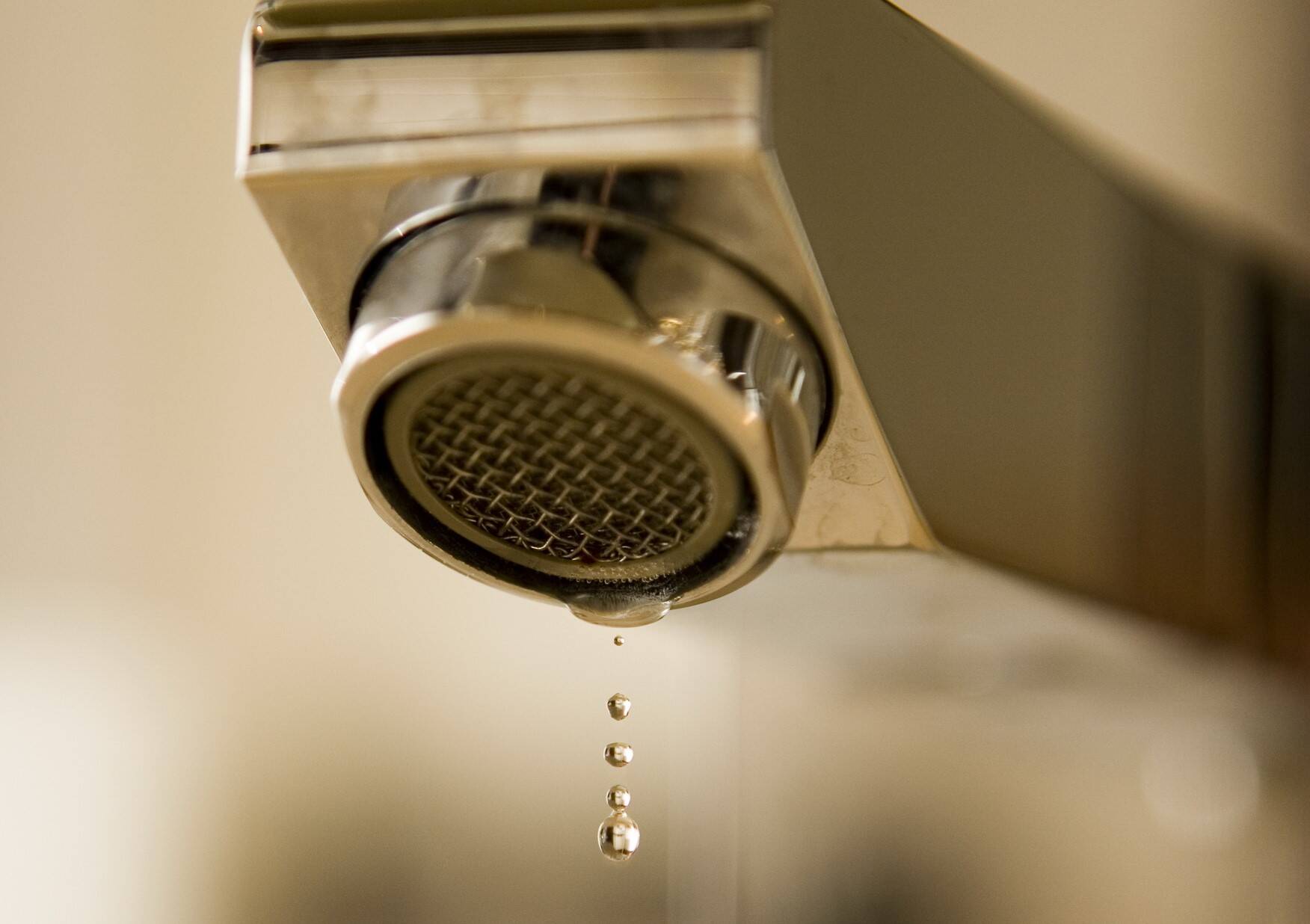Bathrooms are an integral part of any home, but they are often overlooked when it comes to regular maintenance. It’s essential to keep these spaces clean and functioning well for your comfort and hygiene. Here at Dan’s Plumbing Australia, we’ve outlined a set of 20 easy, actionable tips that every homeowner should know. Today, we will discuss the first 10 to ensure that your bathroom remains in top shape all year around.
Contents
- 1. Clean Showerheads Regularly.
- 2. Unclog Drains Monthly.
- 3. Replace Caulking Periodically.
- 4. Avoid Overloading Cabinetry.
- 5. Adjust Water Heater Temperature.
- 6. Use Non-Abrasive Cleaners.
- 7. Maintain Toilet Seal.
- 8. Freshen Up Grouting.
- 9. Ventilate After Showers.
- 10. Organize Vanity Tops.
- 11. Sanitize Bath Mats
- 12. Check for Leaks
- 13. Refinish Tub Annually
- 14. Re-grout Tiles
- 15. Deep Clean Basins
- 16. Polish Mirrors Often
- 17. Inspect Toilet Flappers
- 18. Manage Bathroom Ventilation
- 19. Maintain Healthy Plumbing
- 20. Declutter Bath Space
- Conclusion
1. Clean Showerheads Regularly.
Showerheads often get clogged from mineral deposits and can affect the water flow. For efficient water use, a monthly detach and clean is advisable. Soak the showerhead in a bowl of vinegar overnight to dislodge buildup. This task requires no technical knowledge and can contribute immensely towards sanitation and cleanliness of your home.
2. Unclog Drains Monthly.
Clogs are not just a bathroom nuisance; they could potentially herald bigger problems like leaks or pipe damage. Take proactive action by using a drain snake or carefully applied chemical cleaner once a month to remove hair and soap residue buildup from your sink and shower drains.
3. Replace Caulking Periodically.
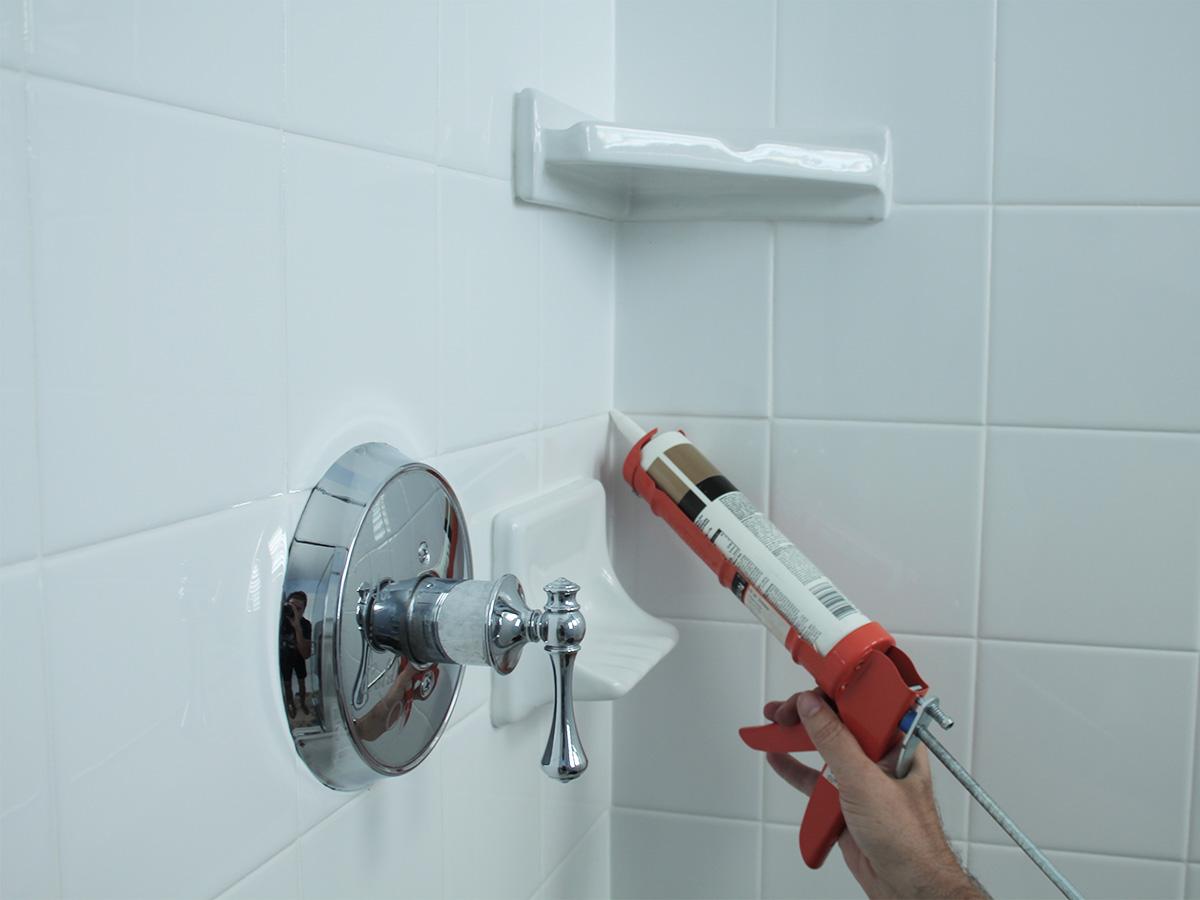
Caulking is the material that seals gaps between your bathroom fixtures and walls or floors, preventing water from seeping into unwanted areas. Over time, it can start to mold or peel off which can affect hygiene and home safety. Do some visual inspections of caulk around your sink, toilet and tub regularly and replace as needed.
4. Avoid Overloading Cabinetry.
Bathroom cabinetry plays an essential part in the organization of your hygiene products but overloading them can lead to door malfunctions or even collapses. Distribute items across shelves, consider vertically stacking things, and use storage accessories like baskets or drawer dividers.
5. Adjust Water Heater Temperature.
Did you know that excessively heated water can scald your skin or even damage your sanitation fixtures over time? Most manufacturers preset heaters to about 60-70 Celsius, but it’s best to lower this between 48-50 degrees for optimal safety and energy saving in Australian homes.
6. Use Non-Abrasive Cleaners.

Keep your bathroom gleaming without causing undue wear and tear on surfaces. Avoid abrasive cleaners which can scratch and degrade finish es of your toilet, sink, or bathtub over time. Opt for non-abrasive cleaning solutions for everyday maintenance, this will also reduce dust accumulation in the long run.
7. Maintain Toilet Seal.
Don’t wait until leaks start! The seal between your toilet’s base and the floor requires periodic checking and replacement if necessary. Signs like rocking toilet or moisture around base indicate a broken seal. In maintaining your toilet seal, you are ensuring good hygiene and preventing potential water damage.
8. Freshen Up Grouting.
Bathroom tile grout can become discoloured or stained over time. Give it a good clean with a soft brush and a mixture of baking soda and water. If cleaning doesn’t work, consider re-grouting to keep your bathroom looking its best.
9. Ventilate After Showers.
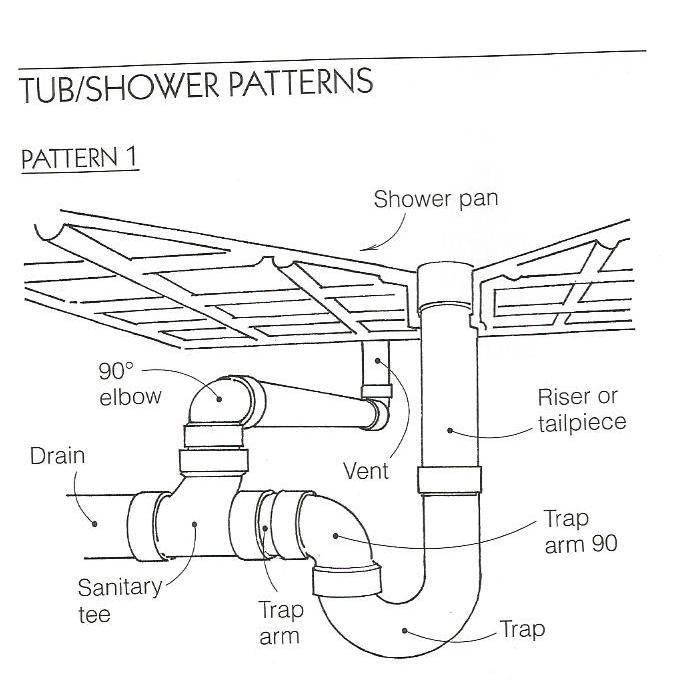
Bathrooms get damp after showers which can breed mold, promoting poor air quality and potential health risks. Remember to open windows, use an exhaust fan or dehumidifier to decrease humidity levels rapidly after bathing.
10. Organize Vanity Tops.
Vanity tops often become cluttered with personal hygiene items creating an untidy look and attracting dust. Organize yours by stripping it down to the essentials. Use storage boxes or trays to keep things neat and accessible, which contributes to easier cleaning.
11. Sanitize Bath Mats
Sanitizing your bath mats is not only about cleanliness but also hygiene. Imagine stepping out of the shower onto a mat bloom with bacteria! To sanitise, use a vacuum cleaner to remove dust and debris. Then, hand clean with detergent and warm water. If your mat is machine-washable, follow the care tag instructions. Finally, let it air-dry, preferably in sunlight, to kill remaining pathogens. This simple routine will keep your bathroom germ-free.
12. Check for Leaks
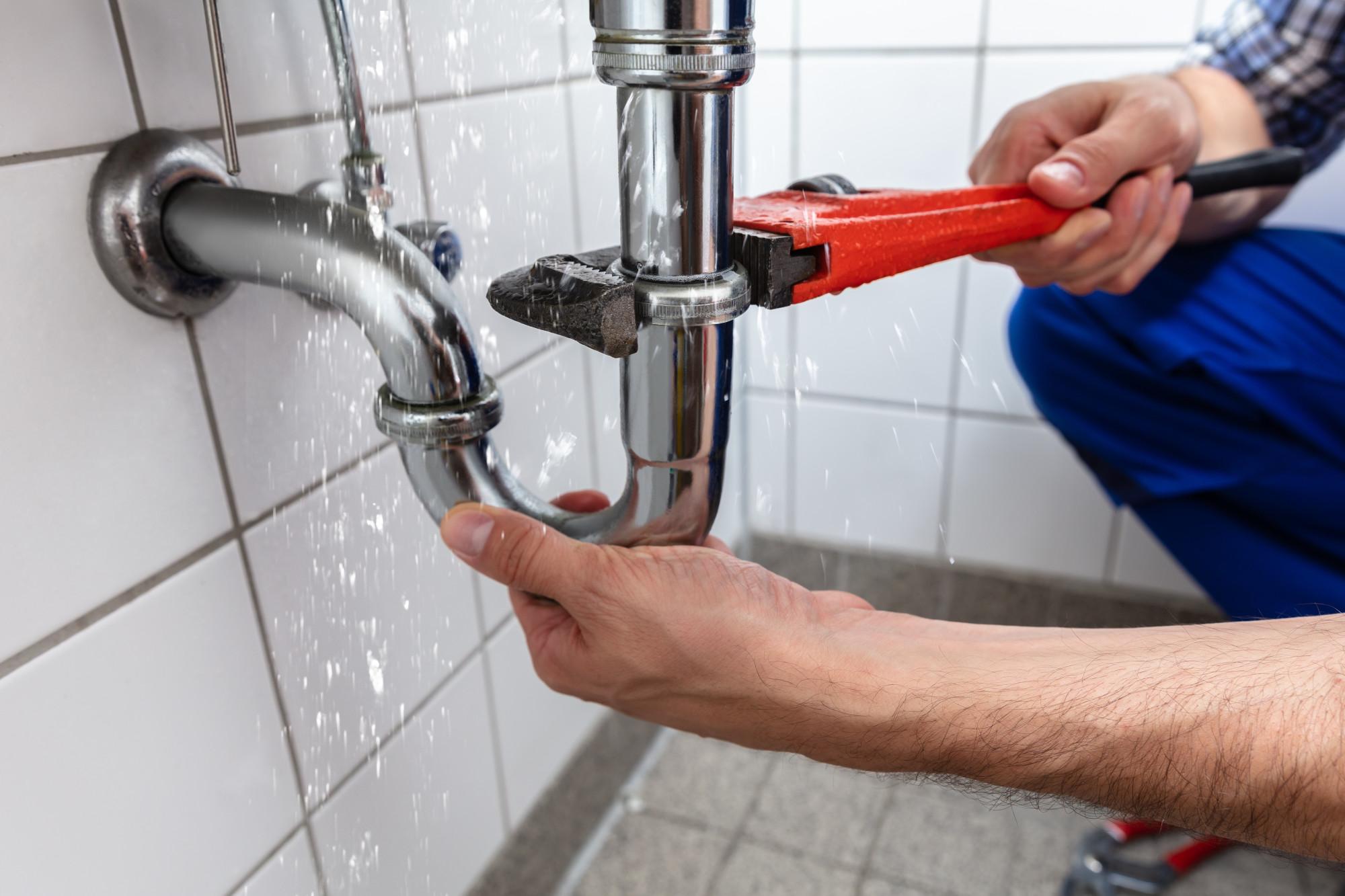
Unaddressed leaks can result in water damage and expensive repairs down the track. Pay attention to your sink, toilet, and shower for any signs of obvious or subtle leakage. Look out for water puddles on the floor, damp patches on the wall, or an unexplainable spike in your water bill—all signs of possible leaks. If you spot one, contact a professional plumber immediately.
13. Refinish Tub Annually
Nothing impacts the aesthetics of your bathroom like a discolored or chipped bathtub does. However, with annual refinishing, these issues can be kept at bay easily! Regular tub refinishing not just renews its look but also extends its lifespan. You’d want to have a professional do this though.
14. Re-grout Tiles
Bathroom tiles endure a lot—soap scum, grime build-up, hard water stains; hence they demand tender care too! Re-grouting is a yearly maintenance task that tackles discolouration and prevents breakage or tile loosening due to deteriorated grout. Doing so will not only ensure that your bathroom retains its clean feel but also drastically reduce potential mould growth.
15. Deep Clean Basins
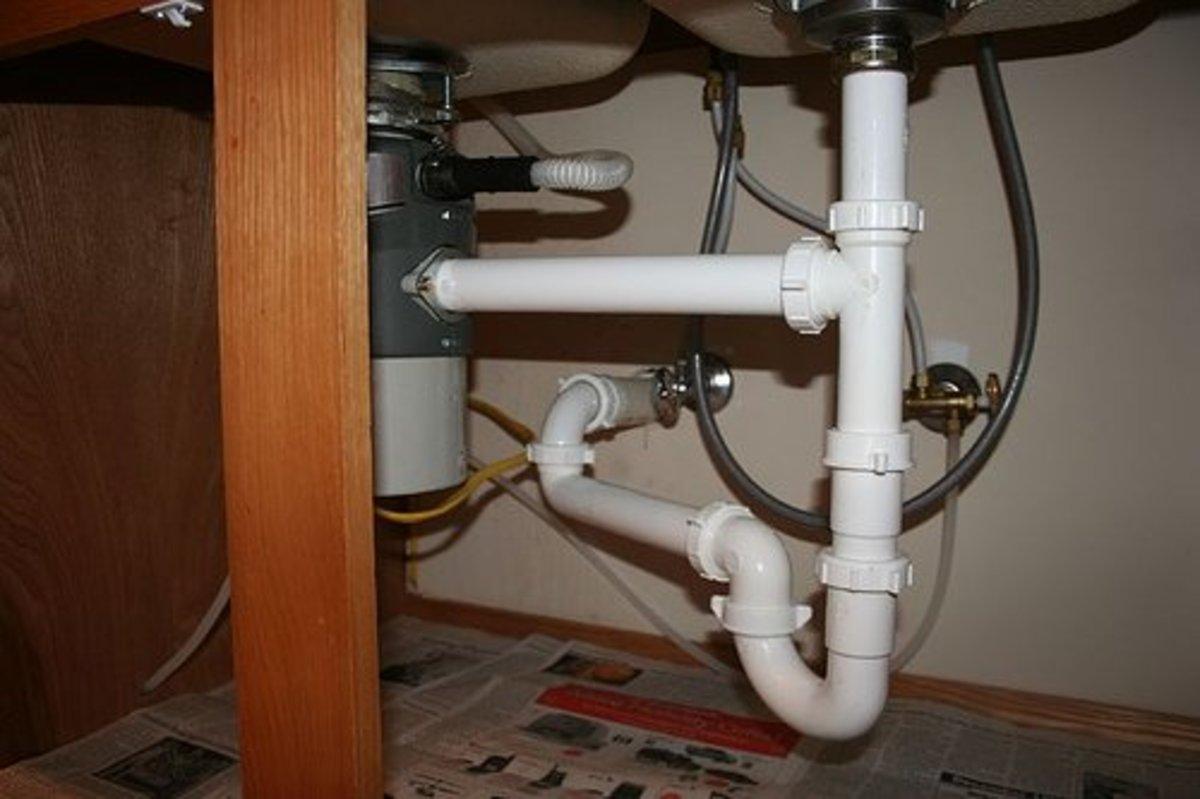
Basins are hotspots for germs and grime accumulation, driven by routine hand washes, teeth brushing, and face cleaning. Deep clean basins with an effective bathroom cleaner and scrubbing brush paying special attention to the drain and tap. Rinse thoroughly and dry with a clean towel, adding shine to your basin. This will keep the bacteria at bay and maintain a fresh scent in your bathroom.
16. Polish Mirrors Often
Mirrors are much more than grooming aids—they affect your bathroom’s entire look! Dust, splash marks or toothpaste dots can easily make a mirror (and hence your bathroom) look unkempt. Therefore, it’s important to regularly polish mirrors using a quality glass cleaner. Remove dust before cleaning for a streak-free shine.
17. Inspect Toilet Flappers
If your toilet keeps running long after flushing, you’re likely dealing with a faulty flapper—the part that controls water flow from the tank to the bowl. Regularly inspecting and replacing flappers when required won’t just fix this problem but also save significant water.
18. Manage Bathroom Ventilation

Adequate ventilation is key in maintaining bathroom hygiene and preventing mold growth. If your bathroom lacks a window, consider installing an exhaust fan for ventilation. While taking showers or baths, keep the door slightly open to let out steam.
19. Maintain Healthy Plumbing
Bathroom maintenance isn’t all about cleaning; it’s about caring for its plumbing too! Regularly check taps and pipes for leaks or loose connections and handle them immediately. Avoid pushing hard stuff down the drains, which could lead to costly clogs. Finally, consider an annual inspection by a professional plumber to avoid nasty surprises down the road.
20. Declutter Bath Space
A clutter-free bathroom sets the tone for an enjoyable bathing experience! Regularly sort and bin expired or empty cosmetic products, and clean cabinets. If you’re short on space, consider investing in storage solutions—floating shelves, corner units, over-the-toilet shelves, etc. A tidy bathroom is not just pleasing to the eye but also elevates hygiene standards!
Conclusion
In essence, maintaining a clean and well-functioning bathroom demands periodic attention. But by adopting these tips under your wings, you’ll see that considerations like cleanliness, hygiene, sanitation or aesthetic appeal aren’t hard to achieve! Here’s to preserving the wellbeing of your home through the little acts of care reflected in well-kept bathrooms.
Related posts:
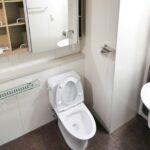 Toilet Talk: Essential Maintenance Tips for a Trouble-Free Bathroom
Toilet Talk: Essential Maintenance Tips for a Trouble-Free Bathroom
 Bathroom Brilliance: Expert Plumbing Maintenance Tips for Every Homeowner
Bathroom Brilliance: Expert Plumbing Maintenance Tips for Every Homeowner
 Practical Tips to Save on Water in the Bathroom without Driving Yourself Crazy
Practical Tips to Save on Water in the Bathroom without Driving Yourself Crazy
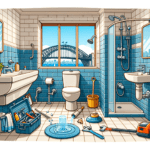 Shower Savvy: Basic Tips for Common Sydney Bathroom Plumbing Problems
Shower Savvy: Basic Tips for Common Sydney Bathroom Plumbing Problems
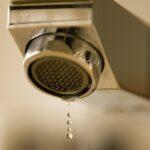 Sink or Swim – Basic Bathroom Plumbing Tips from Dan’s Plumbing
Sink or Swim – Basic Bathroom Plumbing Tips from Dan’s Plumbing
 Our Top Tips to Minimise the Chances of a Drain Blockage in Your Melbourne Home
Our Top Tips to Minimise the Chances of a Drain Blockage in Your Melbourne Home



